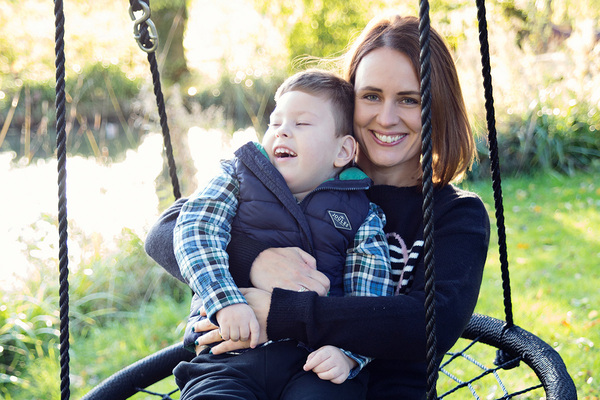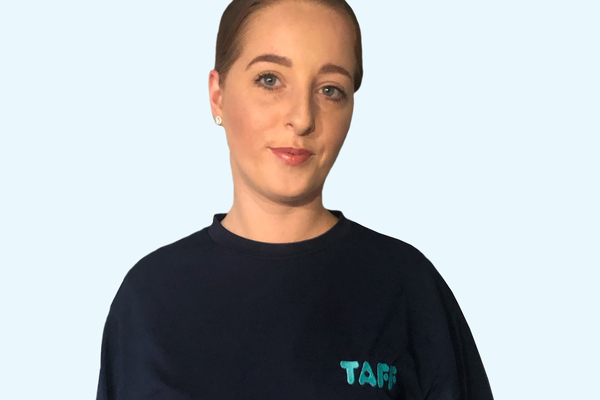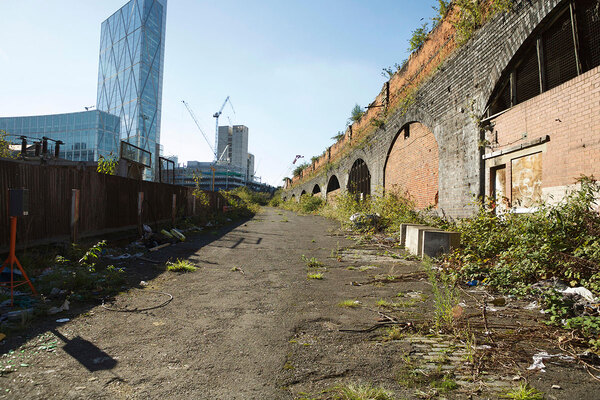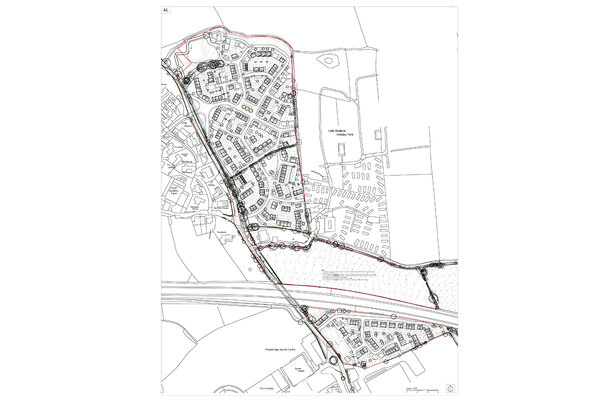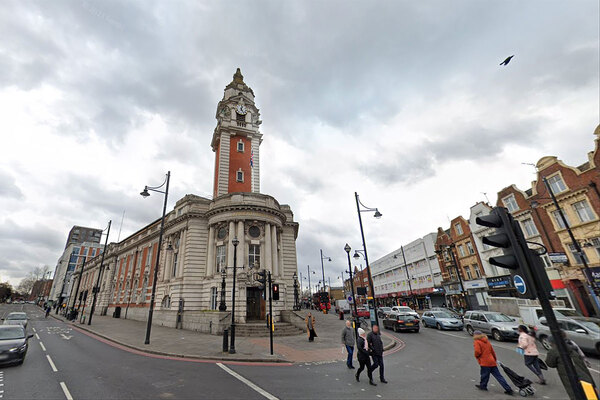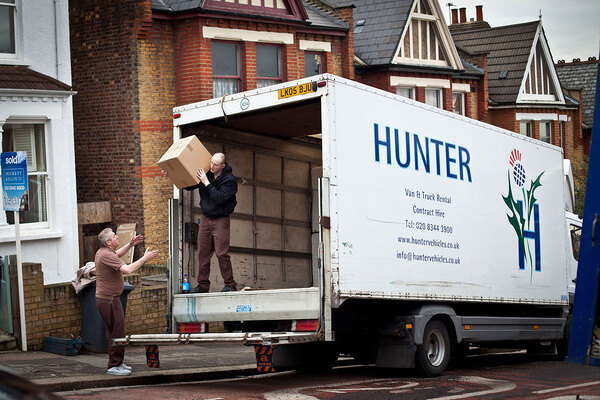You are viewing 1 of your 1 free articles

At least 400,000 disabled adults are living in unacceptable housing – the sector must do more to call this out
We’re holding a week of action and awareness raising this week to flag the damage caused to people’s lives by our inaccessible, unacceptable housing stock. Let’s share #ForAccessibleHousingWeek to push for real change, says Sheron Carter
As we entered 2020, Habinteg’s 50th year, I expected it to be a time for celebration and reflection. Little did I know that less than two months into the year, our plans would be radically altered by the coronavirus pandemic.
But despite the indisputable challenges, the national lockdown has shone a helpful spotlight on what people want and need from their homes.
Since Habinteg’s inception in 1970, our mission has been founded on the belief that accessible homes in inclusive communities are essential to equality for disabled people.
Over the decades we’ve seen time and again how the right home is key to a fulfilling existence, be that through the choice to study or to work, family life, or being an active member of the community. Getting things right inside the home is the starting point for positive events outside the home.
“Many disabled people spend more ‘time in’ than their non-disabled neighbours because of the all-too-common access constraints presented by high streets, transport systems, shops and workplaces”
Yet lockdown has put us all in touch with our homes in a whole new way. We’ve come to value anew the simple ‘liveability’ of our personal space.
Many disabled people spend more ‘time in’ than their non-disabled neighbours because of the all-too-common access constraints presented by high streets, transport systems, shops and workplaces.
For some, there was wry amusement in seeing non-disabled people adjust to the restrictions demanded by the pandemic. “Welcome to our world,” some rightly observed.
But for many disabled people who ‘make do’ on a daily basis without the accessibility features they need in their homes, lockdown was all the more tough.
In a YouGov poll commissioned to mark our fifth #ForAccessibleHomes week, Habinteg uncovered that during lockdown disabled people were 17 times less likely than non-disabled people to be able to carry out daily tasks and activities without assistance. They were also three times more likely than non-disabled people to report that the inaccessibility of their home undermined their well-being during the long weeks ‘indoors’.
It might be tempting to normalise the hardships disabled people experienced during lockdown. After all, it’s been tough for everyone, we’re all ‘in the same boat’.
But for Habinteg these findings highlight the basic reality that so many disabled people live with day to day – restricted from getting about and using all parts of their home, and restricted from enjoying independent activity even behind their own front doors. We don’t believe this is acceptable.
I recently had the chance to discuss the point with one of our tenants, Delores Taylor. Her family life and her ability to study and work from home were transformed by moving to a Habinteg property. Yet families’ needs change and she’s now facing the huge challenge of finding a larger home to move to that will accommodate her needs as a wheelchair user as well providing a room each to her two adult daughters. For a non-disabled person this would be hard enough, but add the need for wheelchair access into the mix and the odds of finding the right place shrink dramatically.
The latest English Housing Survey data released in July showed that at least 400,000 disabled adults are living in homes that are neither accessible nor adapted.
And although the proportion of our housing stock that is considered minimally ‘visitable’ by everyone has now reached 9%, these homes are far from guaranteed to deliver practical levels of accessibility (such as a downstairs WC that is large enough to accommodate a wheelchair, a walker or personal assistance).
We know that the vast majority of homes that we’ll be living in 50 years from now have already been built, so using every lever to ensure that each new home we build from now on offers basic accessibility and adaptability is surely an essential element in any future homes strategy.
“I was very pleased to see the housing secretary announce the long-awaited consultation on accessible housing standards”
The Planning White Paper sets out a raft of changes designed to speed up the delivery of new homes with ‘beauty’ as a key aim, but thousands of beautiful new homes will have limited impact if they fail to meet the growing need for accessible design.
So I was very pleased to see the housing secretary announce the long-awaited consultation on accessible housing standards. We’ll be strongly advocating the accessible, adaptable standard, set out in Part M4(2) of the building regulations as the new regulatory baseline. It’s an inclusive set of requirements that has been used by developers in response to planning and client requirements in all sectors since 2015 to build attractive, inclusive, liveable homes.
Establishing this standard as the default for all new housing would be a strong move, giving developers certainty about what’s required, regardless of location, and giving the public genuine choice and confidence in the quality and accessibility they can expect of a new build home.
2020 will be memorable for a whole number of unexpected reasons. Let’s take this opportunity to use our hard-won lockdown learnings to build a more positive future for accessible housing.
Sheron Carter, chief executive, Habinteg
Sign up for our daily newsletter
Already have an account? Click here to manage your newsletters

